Three winners of the 2014 Nobel Prize in Physics
**Seeking the Light of the Night** For centuries, natural starlight was the only source of nighttime illumination. Only during a full moon could the earth be lit. The difference between civilizations lies in whether people can use technology to bring light to the dark. Initially, humans relied on burning animal fat, such as whale oil in Western countries, or beeswax and animal white wax in China. With the rise of the oil industry, cheaper long-chain hydrocarbons were used to make candles. 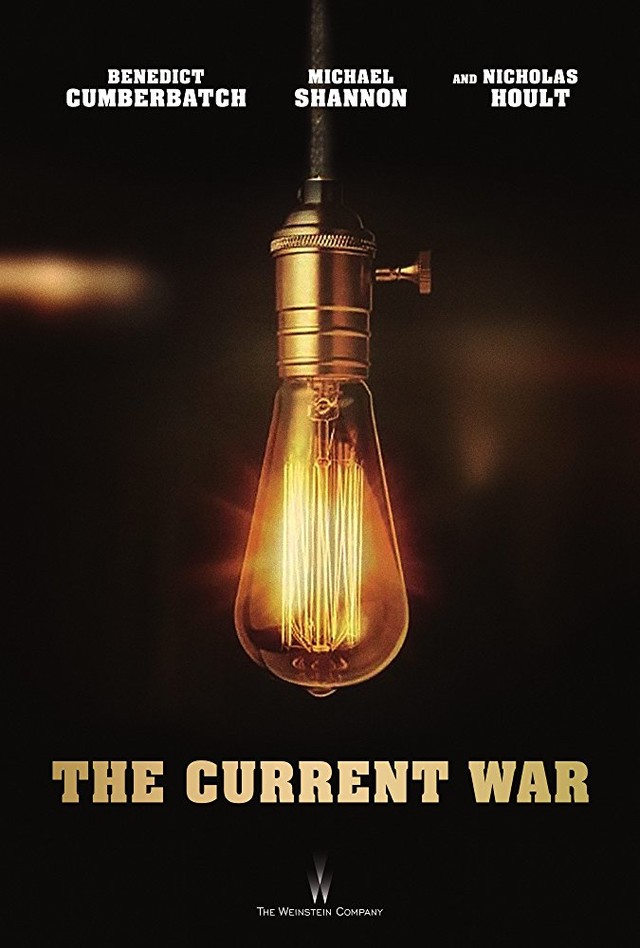Early next year, I hope to see the movie "Current Current," telling Edison's DC vs Tesla's AC.
This method of lighting was clearly unsafe. Hence, Edison’s story of inventing electric lights became well-known. At the end of this year, Edison will appear on the big screen through the film by Bendique Conbabach, where we can expect to see his inventions, including improved incandescent lamps, which brought light but were inefficient. 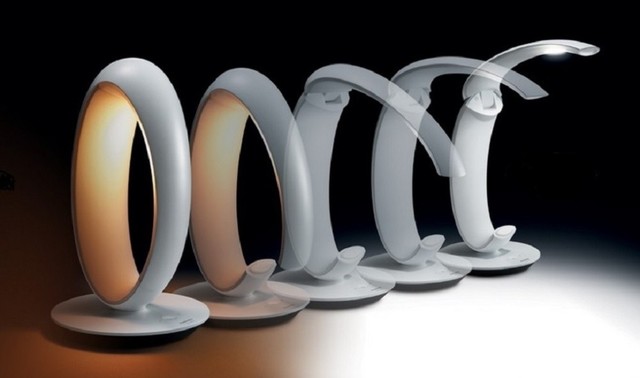LED makes today's table lamp design more artistic (Panasonic products)
Today, our light sources are shifting from traditional incandescent and fluorescent bulbs to light-emitting diodes (LEDs). But many don’t realize that scientists spent 30 years searching for a way to create blue LEDs. It was an extremely difficult challenge to find a production method suitable for industrial use. Finally, the three primary colors were completed, enabling the realization of white light. LED lighting is truly a gift for the century we live in, and the Nobel Prize was well-deserved. **Diodes and Light-Emitting Diodes** Before discussing Intel’s history, I mentioned that in the 1950s, when diodes and transistors moved out of the lab, many companies, including Texas Instruments, were conducting research in this field. One notable project was DLP projection technology. 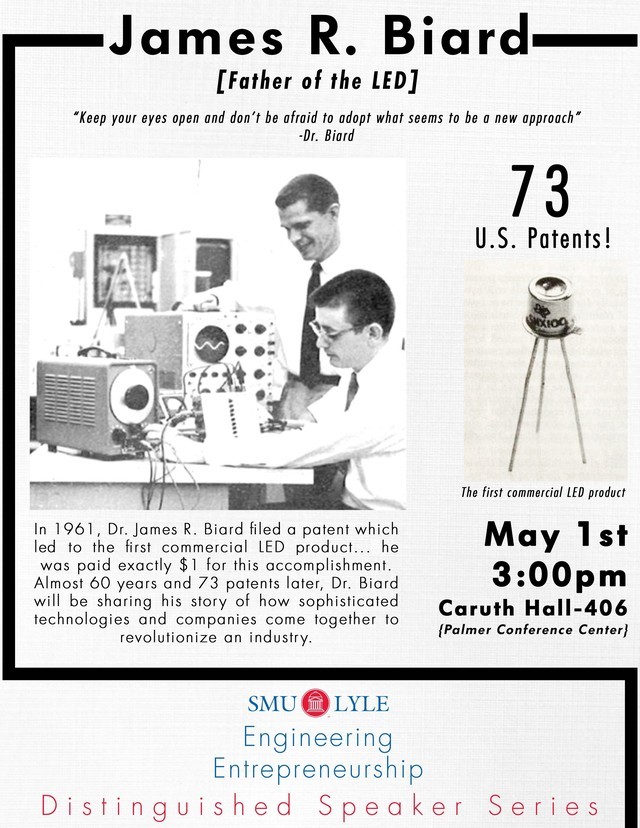The earliest LED, but at that time it was infrared light, not visible light.
On June 3, 1957, just three days after James R. Biard graduated from Texas A&M University, he joined Texas Instruments. He started with the first low-drift DC transistor power amplifier circuit. In 1959, Biard worked with Gary Pittman on semiconductor research at Texas Instruments. They initially studied the application of gallium arsenide (GaAs) varactors in X-ray band receivers. In September 1961, they discovered infrared radiation from a forward-biased tunnel diode on a semi-insulating substrate. An infrared conversion microscope from Japan was then used to measure all GaAs varactor and tunnel diodes produced by Texas Instruments at the time. 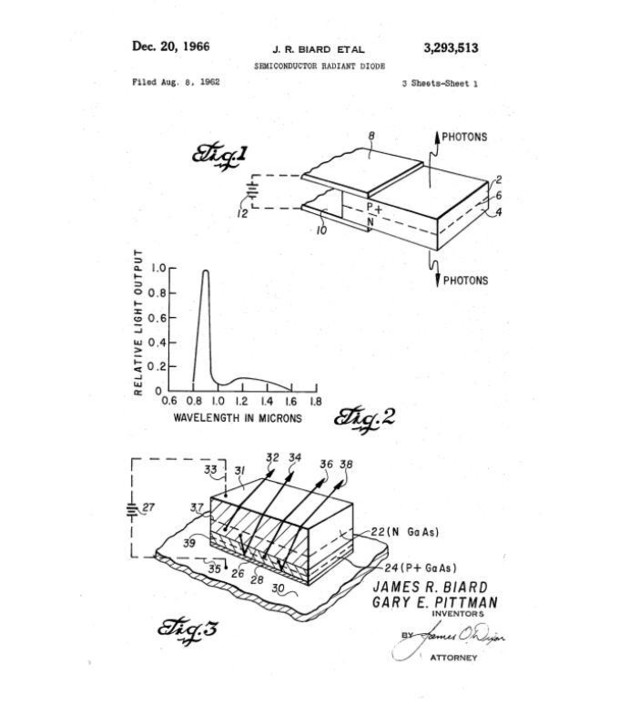He Lunak and his red diode
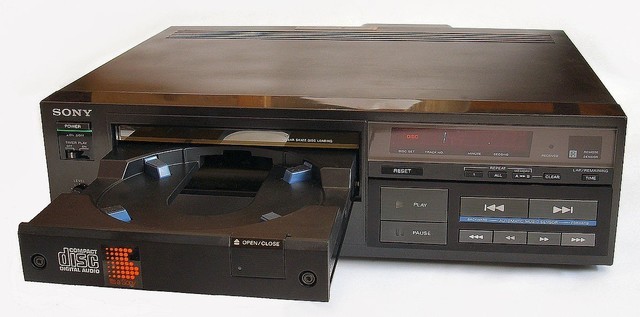Helenak's laser diodes are the basis of many of today's products.
Nick Holonyak held over 40 patents, including the famous semiconductor red laser transmitter, which became the foundation for later CD players and mobile phones. Why was he so prominent? We said Biard had the earliest LED patent, but it was infrared light. Holonyak’s patent was visible red light! This discovery was published in 1962 while he worked at GE. The principle involved III-V alloy semiconductors, opening the door to semiconductor lighting. 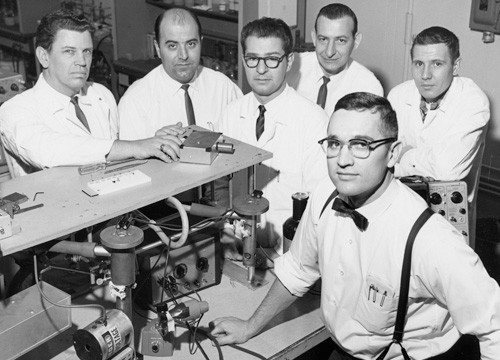He Lun Yake, who was in the limelight at the Institute of GE
The commercial red LED, introduced in 1965, cost about $45. However, early LEDs were very inefficient, producing only 0.1 lumens per watt, far less than the 15 lumens per watt of incandescent bulbs at the time. George Craford invented the yellow LED
In 1972, George Craford, a student of Holonyak, invented the yellow-light LED and improved the luminous efficiency of the diode. In 1976, TPPearsall developed a special light-emitting diode suitable for optical fiber transmission, offering high brightness and efficiency. **Key Blue Diode** Red and green LEDs were quickly discovered, but to form white light, blue light was essential. Traditional methods like phosphorus gallium arsenide couldn’t achieve this. 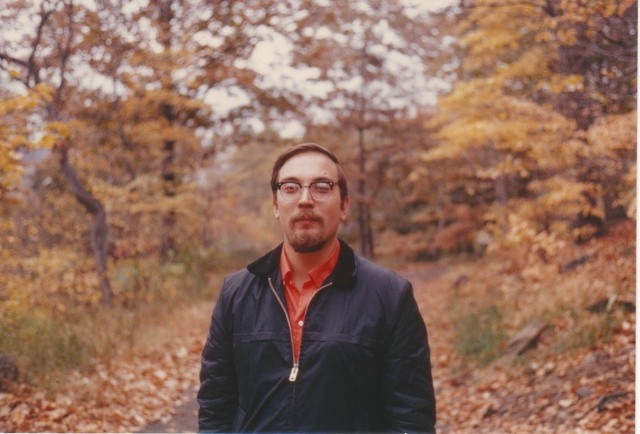Marusaka, 1968
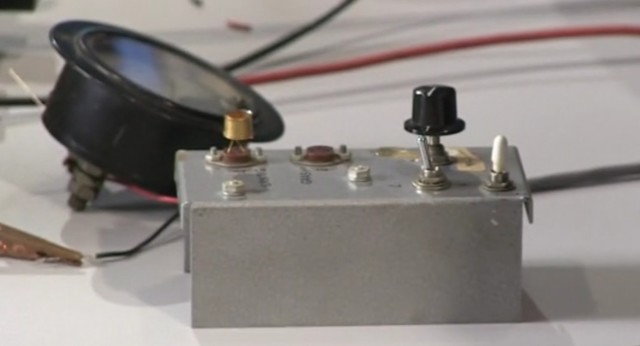Blue light LED in the earliest laboratory
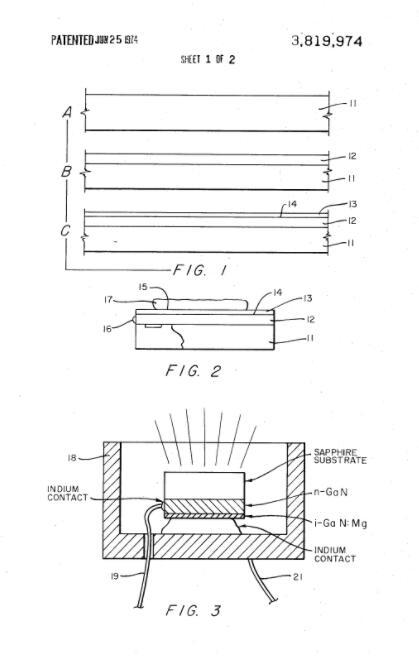Early blue LED patent
In 1972, Stanford University Ph.D. students Herb Maruska and Wally Rhines used magnesium-doped gallium nitride to create the first blue-violet LED. At the time, Maruska was working with Jacques Pankove at RCA Lab. In 1971, one year after Maruska left RCA for Stanford, his colleagues Pankove and Ed Miller demonstrated the first blue electroluminescent device using zinc-doped GaN. Later, Pankove and Miller created the first actual gallium nitride LED emitting green light. In 1974, the U.S. Patent Office granted Maruska, Rhines, and Stanford Professor David Stevenson a 1972 patent (US3819974A). Today, magnesium doping of gallium nitride remains the basis for all commercial blue LEDs and laser diodes. In the early 1970s, these devices were too dim for practical use, and research on GaN devices slowed. In August 1989, Cree introduced the first commercial blue LED based on silicon carbide (SiC). Although Cree’s SiC LEDs had very low efficiency (no more than 0.03%), they emitted in the blue portion of the visible spectrum. 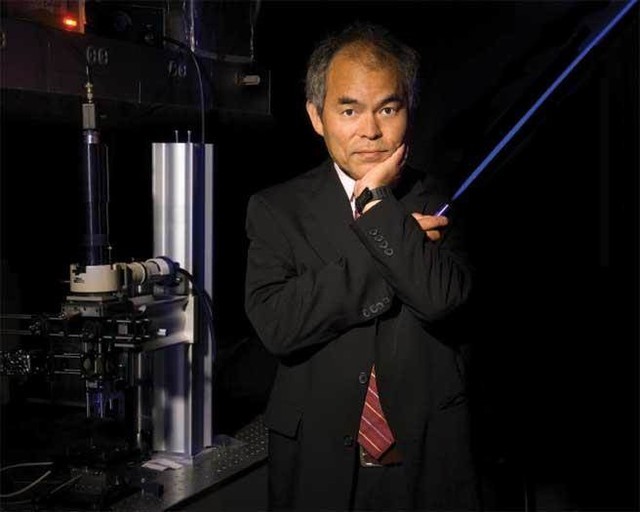Nakamura Hide 2 and Blue LED
The remaining question was how to improve the luminous efficiency of the blue diode. In the late 1980s, breakthroughs in GaN epitaxial growth and p-type doping ushered in the era of GaN-based optoelectronic devices. Based on this, Boston University’s Theodore Moustakas developed a new two-step method for producing high-brightness blue LEDs. Two years later, in 1993, Nikko Nakamura’s Shuji Nakamura used a GaN growth process similar to Moustakas and once again proved high-brightness blue LEDs. Both Moustakas and Nakamura obtained independent patents, making the inventorship somewhat complicated (partly because Moustakas invented first, while Nakamura proposed it first). Regardless, this new development revolutionized LED lighting, making high-power Blu-ray possible. **The Encounter of Nakamura Shuji** Nakamura’s invention could be said to have been achieved without much support from Nichia. He was not optimistic about the company’s direction. He claimed that GaN technology had very low efficiency at the time. The industry was focused on zinc oxide and zinc selenide, and Nagasaki University was also researching in this area. They experimented almost simultaneously and eventually achieved results, improving each other’s findings. 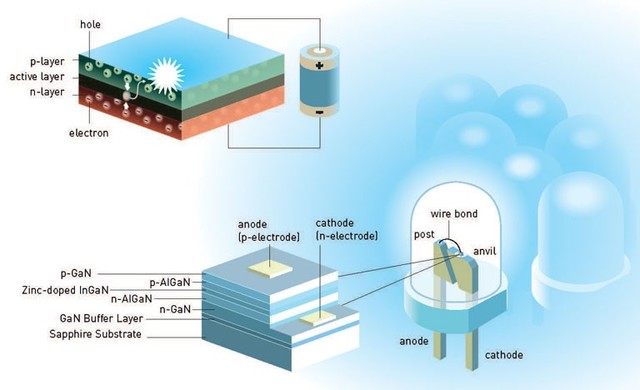The principle of blue LED
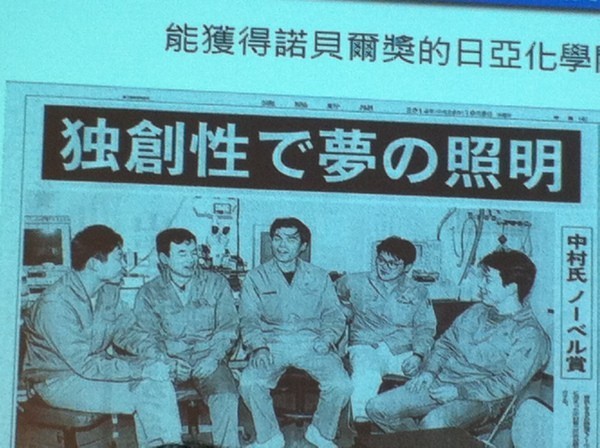Nakamura that was not valued in Japan at that time.
Nichia kept his patent and only gave the inventor of the blue-light diode 20,000 yen in prize money. Frustrated, Nakamura went to the United States, but he was still asked to sign an agreement with Nichia, prohibiting him from researching blue-light diodes for three years. Nichia sold Nakamura’s patents and marketed blue-light diodes. In 2004, Nakamura sued Nichia for compensation and won the case. The court ruled that Nichia should pay 20 billion yen in compensation to Nakamura. Eventually, the amount was reduced to 840 million yen. This unprecedented lawsuit inspired many inventors to seek legal help, many of whom won litigation or reached out-of-court settlements. Today, the case of Nakamura v. Nichia has become a landmark case in patent litigation materials. 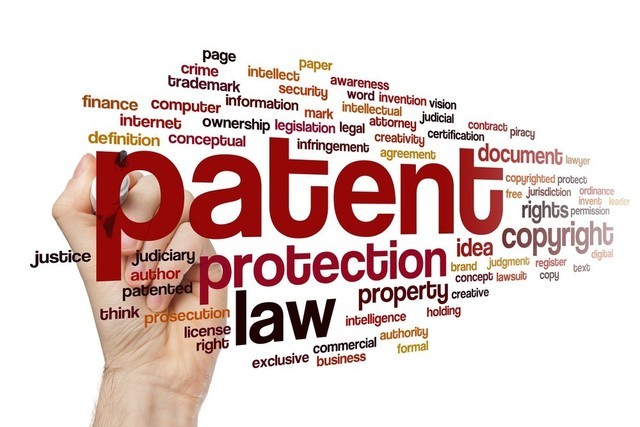How can researchers protect their fruits?
Nakamura seemed particularly concerned about the Tokyo District Court’s judgment: “The inventor’s contribution is not less than 50%, even if conservatively estimated. The plaintiff completed the worldwide invention almost by himself.†**Two Paths from Blue to White** After the invention of the blue LED, the RGB three primary colors could be combined to emit white light. However, from the invention of the red visible light LED to Nakamura’s breakthrough, the scientific community spent 30 years searching for suitable materials and methods for commercial production. That’s why the Nobel Prize was awarded to Nakamura Shuji and Akasaki. Cheap RGB LEDs have been applied to the keyboard
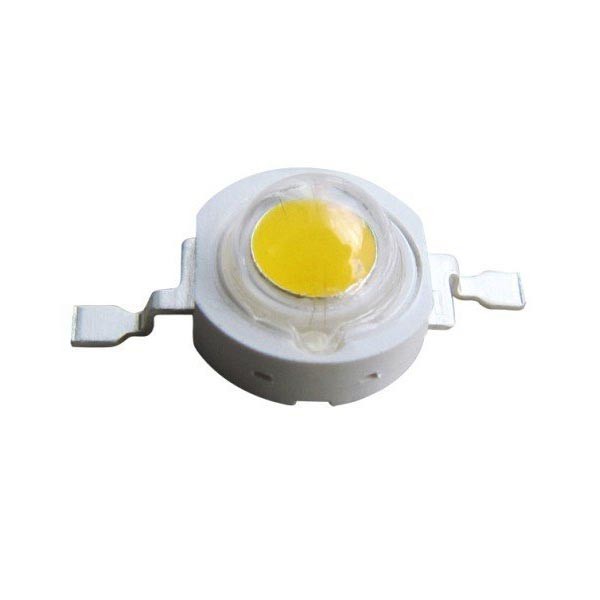Approximate white LED obtained by blue light + fluorescence
Another way to get approximate white light is to combine a yellow phosphor with an indigo LED, which can also produce a close approximation of white light. This is an economical method, and many flashlights and mobile phone flashlights use this technology. 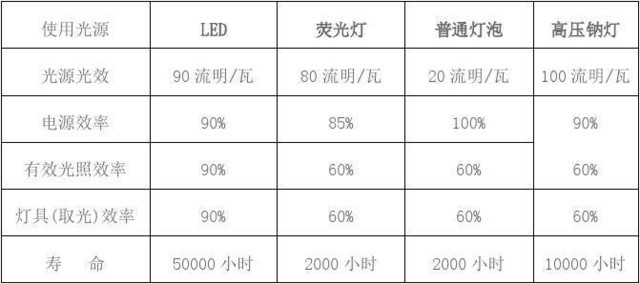LED technology is also environmentally friendly and contains no mercury.
LEDs have two outstanding features: high efficiency and long lifespan. Their life expectancy is very long, and most factors affecting their service life are not due to the semiconductor itself, but to other components in the LED circuit board. The applications of LEDs are widespread. Today, LED bulbs are replacing traditional incandescent and fluorescent lamps, evolving into various uses across different industries. As we can feel, the price of LEDs has dropped significantly over the past decade.Intern Editor: Liang Jieying
German Standard Automotive Cable
German Standard Automotive Cable,Automotive Cable,ubber control cable, flexible Automotive Cable
Jiangyin City Weicheng Special Cable Co.,Ltd , https://www.weichengcable.com
